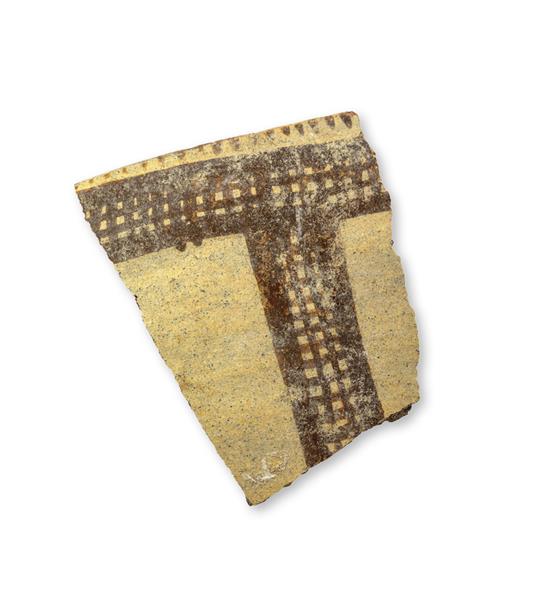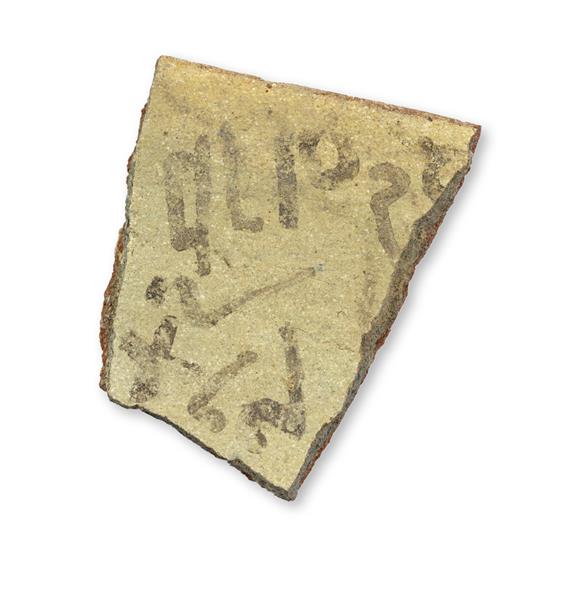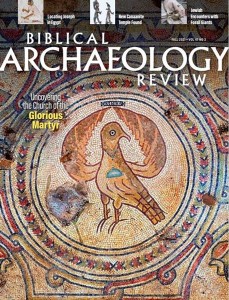
A new inscription from Tel Lachish in southern Israel is the earliest alphabetic writing discovered in the southern Levant.
In 2018, archaeologists found the inscribed sherd among burnt soil and debris from a large building that was part of the site’s fortifications.1 The fragmentary inscription features a mere handful of letters inscribed on a tiny potsherd, measuring just 1.6 by 1.4 inches. The sherd, part of a painted Cypriot vessel, is dated by radiocarbon to the 15th century B.C.E., or the first part of the Late Bronze Age.

Alphabetic writing was formerly thought not to have appeared in the southern Levant until the end of the Late Bronze Age, around the 13th century B.C.E. By contrast, the earliest alphabetic inscriptions from the Near East—the Proto-Sinaitic texts discovered in the ancient Egyptian turquoise mines of Serabit el-Khadem in Sinai—are generally dated to the 19th century B.C.E., more than half a millennium earlier. The new inscription from Lachish helps fill in this chronological gap, providing a critical “missing link” in our understanding of how the alphabet evolved and spread out from Egypt to other parts of the ancient world.
Already a library member? Log in here.
Institution user? Log in with your IP address.

